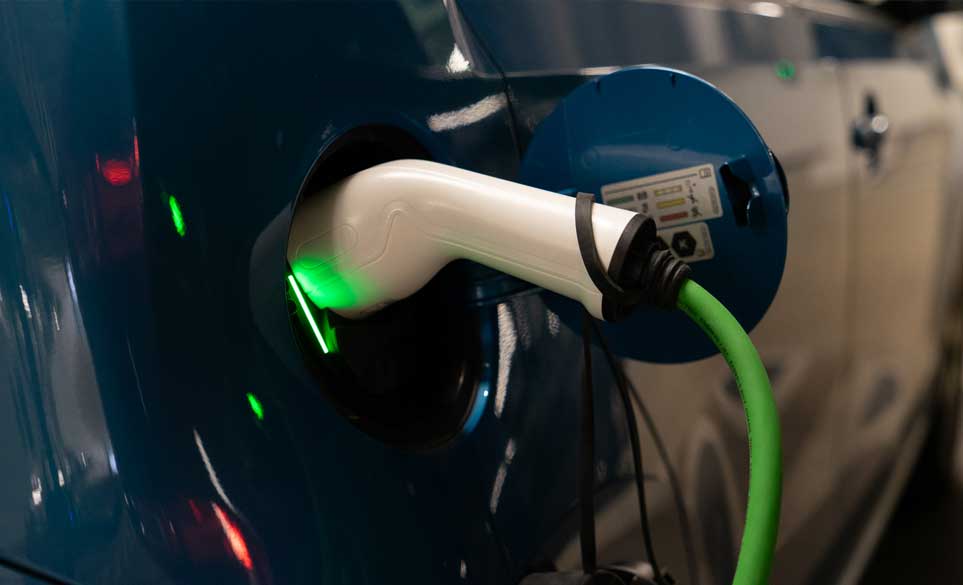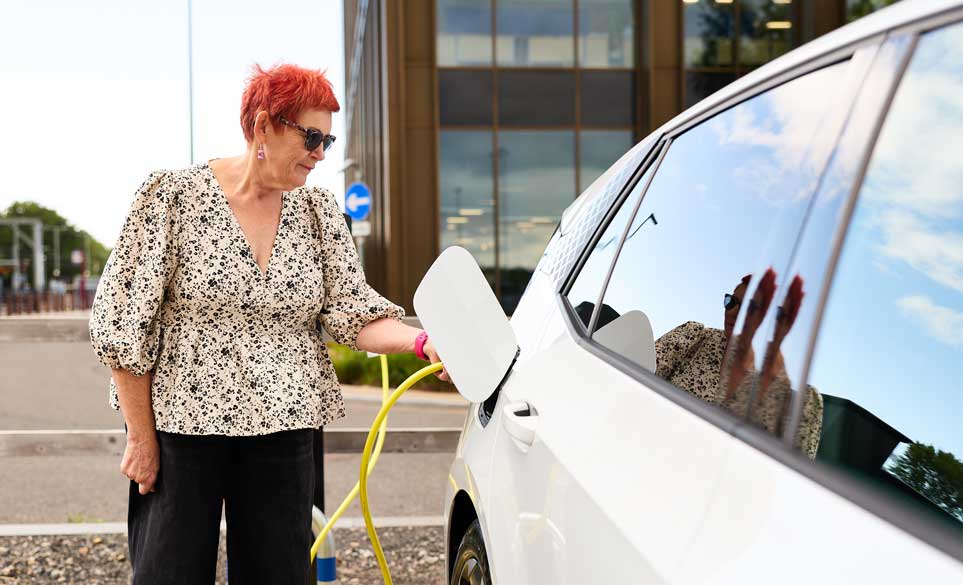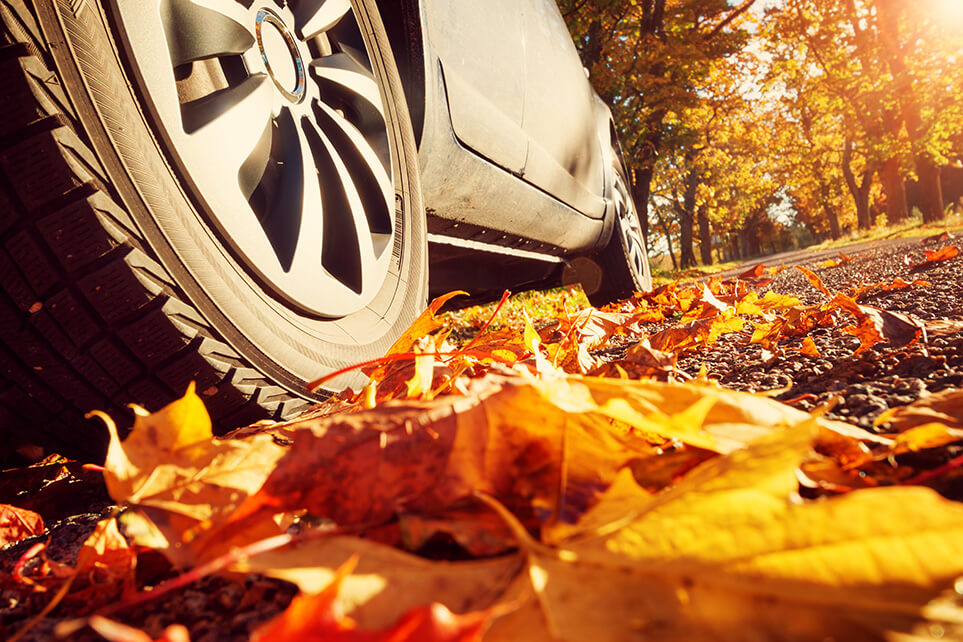Our car cleaning essentials
If you’re looking for some hints and tips on how to clean your car then check our handy checklist that covers all the essentials on how to wash your car.
Essentials
- 2-3 microfibre cloths (you may want a few more if your car is particularly dirty)
- Sponge
- 2 large buckets (and access to warm water)
- A hose (or an extra bucket)
- Car shampoo
- Vacuum cleaner
For an even better clean
- 2 soft-bristled toothbrushes
- A clay bar or mitt
- Clay luber
- A gel or spray-based wax
- Window cleaner
- Foam based cleaner
1. Before you start
- Park your car in a cool, shaded area. This will stop soap suds from drying quickly and leaving stains on your car.
- If the car is hot from being out in the sun, let it cool down for 30 minutes before you start. If there are no shady spots, you can avoid soap stains by washing your car in small sections.
- If you can, try to park it on an area that will absorb the water – such as on gravel or grass. This is better for the environment, as the water is absorbed rather than running into drains that usually connect to natural water sources.
2. Washing the body of the car
- Fill two or three buckets with warm water. Keep one as is (you’ll rinse your washcloth in this later) and add car wash shampoo to the other.
- Don’t use hand soap or dishwasher soap on your car – it can damage the exterior or strip off the wax.
- Rinse the car with a hose or bucket of clean water to remove lose dirt or debris. Remove twigs and leaves by hand.
- Use a sponge and the bucket of car wash shampoo and water to wipe down the exterior of your car. Opt for long strokes instead of circular motions to prevent swirl marks. When you’re done, rinse the car down so the soap doesn’t dry on.
- Use soapy water and a microfibre cloth to clean your headlights.
- Dry your car with a microfibre cloth and blot away any watermarks.
3. Washing the wheels
- Fill a bucket with water and a wheel cleaning solution (again, no household cleaners or washing up liquid). Fill a second bucket with warm, clean water for rinsing your sponge and brush.
- Knock off lose dirt and mud with the clean water.
- Use a sponge soaked in your cleaning solution on the face of the tyres. Then rinse your sponge in the clean water and wipe down the face of the tyre.
- Use a soft bristled toothbrush to clean the inside of the wheel – rinse the brush in clean water regularly. Rinse and dry each wheel with a microfibre cloth.
4. Waxing the car
- Remove dirt with a clay bar or mitt. Spray your clay product on a small section with a generous amount of clay luber. Work in gentle, quick streaks in the same direction.
- When you’ve finished a section, wipe away the excess clay lube with a microfibre cloth. You know a section is done when the clay glides smoothly over the area.
- Car waxes can either be gel or spray based.If you are using a gel-based wax, apply it to an applicator pad and then distribute an even coat across the car.
- Spray based waxes can be applied directly onto the car.
- Buff the wax into the car with an applicator pad in small, circular motions.
5. Cleaning the interior
- Throw out any rubbish.
- Vacuum the floor mats – if they’re particularly dirty you can use a scrub brush and carpet cleaner on them.
- If there are any lingering, unpleasant smells, sprinkle baking soda on the matts, leave for a few hours, and vacuum up the baking soda.
- Spray glass cleaner on the windows and cup holders – leave for 5-10 minutes before wiping away.
- Vacuum all the seats, dashboard, and console.
- Refresh fabric seats with a foam-based cleanser – if you have not used the product on your car before, make sure to follow the instructions on the product and to test on a small, hidden area before spraying all over.
- Use antibacterial wipes to sanitise the dashboard and console.



